Rosenstr. 3
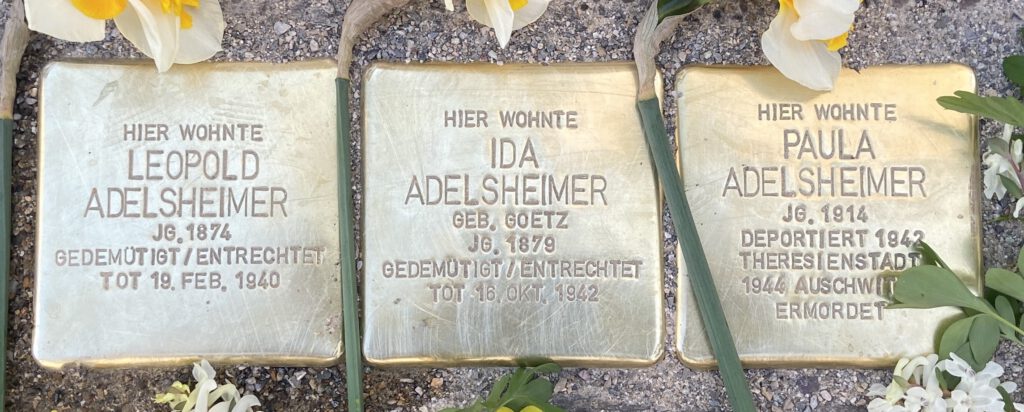
The Adelsheimer family
Although the Adelsheimer family was not one of the first Jewish families to settle in Jebenhausen after 1777, Leopold Adelsheimer’s great-grandparents Siel and Salomon Löb Adelsheimer moved from Korb/Möckmühl to the then independent village of Jebenhausen as early as 1796. The family name refers to a descent from the town of Adelsheim in today’s Neckar-Odenwald district, where for example Bertha Tänzer was born.
Like many Jewish families, the Adelsheimers were also active in the textile industry: Leopold’s father Salomon Adelsheimer (1836 – 1909) founded the company ‘Adelsheimer & Walter’ together with a co-partner in 1865, which existed until 1893. Leopold Adelsheimer was born on December 17, 1874 in Jebenhausen as the second of five children and probably lived in Göppingen from the turn of the century. On March 18, 1912, he married Ida Goetz, five years his junior, who came from Krumbach/Hürben, a Jewish rural community in Bavarian Swabia.
The Adelsheimer couple lived at Rosenstrasse 3 in Göppingen from the time of their marriage.
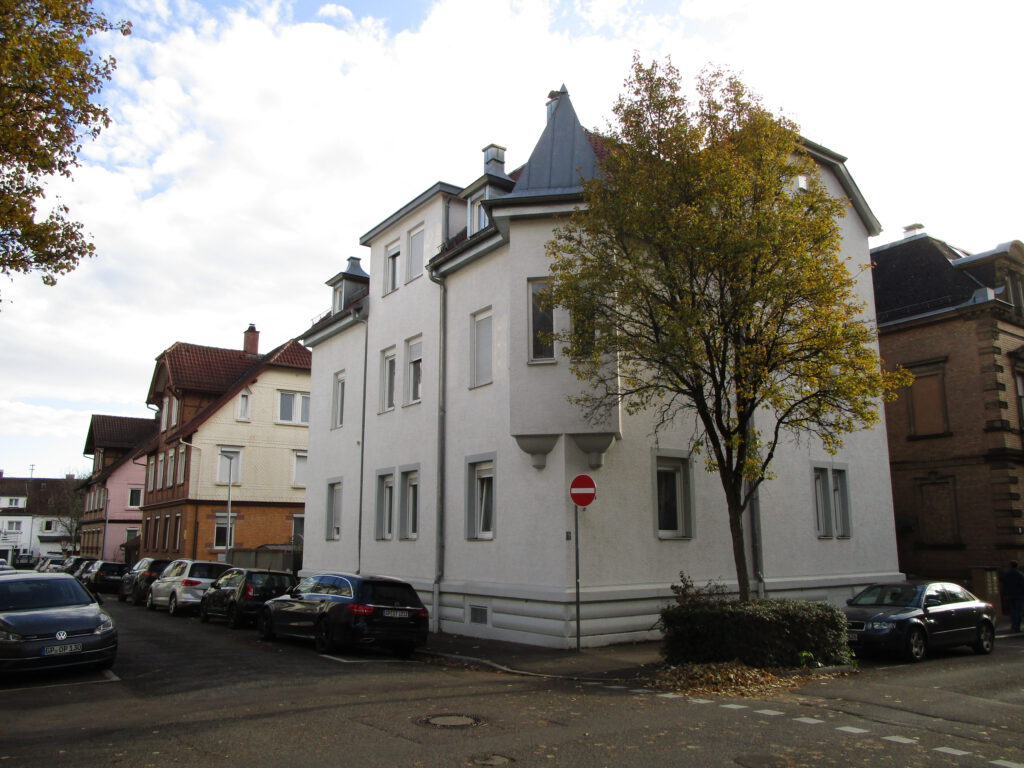
The town house, owned by the merchant Wilhelm Speidel, is part of an ensemble of buildings that were erected in the 1890s and is considered ‘Göppingen’s first villa district’. The family of the Jewish factory owner Ludwig Eisig were the initial neighbors. Leopold Adelsheimer had learned a commercial profession and later rose to become an authorized signatory at the important Göppingen textile company Gutmann.
Paula’s childhood and youth
Paula Adelsheimer was born on September 3, 1914 and remained the only child of Ida and Leopold. Unfortunately, very little is known about her childhood and youth, which coincided with the difficult years during and after the First World War. As a daughter from the middle class, she probably attended the girls’ secondary school (school building today: Mörike-Gymnasium), and presumably also took part in the Jewish ‘confirmation’, the bat mitzvah, which was customary for girls in the ‘liberal’ Jewish community of Göppingen. Her father Leopold held several honorary positions in organizations of the Jewish community: in the community care, in the ‘Merkuria’ association, in the ‘Israelitische Wohltätigkeitsverein’ and in the ‘Israelitische Männer-Unterstützungsverein’. However, Leopold’s involvement in the Jewish community was modest compared to that of his younger brother Alexander, who worked as a senior religious education teacher in Ludwigsburg and later in Stuttgart. Ida and Paula do not appear to have been involved in the community.
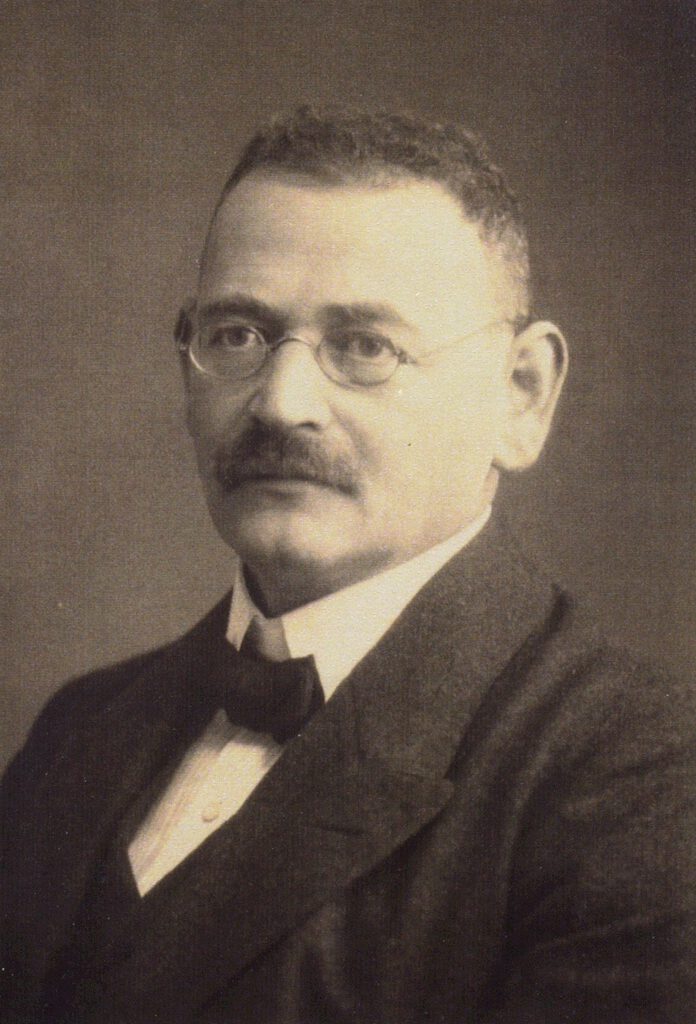
By the age of 16/17, Paula had probably finished school and started her professional training. She trained as an infant and children’s nurse and probably had a role model in the family: her aunt Sara Adelsheimer (1877- ca. 1965), her father’s next younger sister, was a trained nurse, worked in the Frankfurt hospital of the Israelite community and from 1925 was head of the ‘Verein für Jüdische Krankenpflegerinnen zu Frankfurt a. M. e.V.’. Subsequently, from 1929 to 1935, she worked as a matron at the Munich ‘Israelitische Kranken- und Schwesternheim’, which had been run as a private Israelite clinic since 1931. It is conceivable that Paula completed her training in Frankfurt, but it is certain that she was registered in Frankfurt in the May 1939 census under the address of the ‘Verein für Jüdische Krankenpflegerinnen’ (Association for Jewish Nurses). As there is a gap between a professional qualification from around 1932 and the date from Frankfurt, it is possible that Paula had previously worked in a (non-Jewish?) institution and was dismissed due to the discriminatory Nazi laws. It remained difficult for Paula to obtain long-term employment, as the few Jewish nursing homes lacked money and were also threatened with forced closures.
First change of residence: Leopold’s job loss and death
While Paula ran into professional difficulties, the middle-class world of the entire Adelsheimer family in Göppingen collapsed. The 1937 address book documents the family’s move from Rosenstr. 3 to Östliche Ringstr. 52, where they once again lived on one floor for rent.
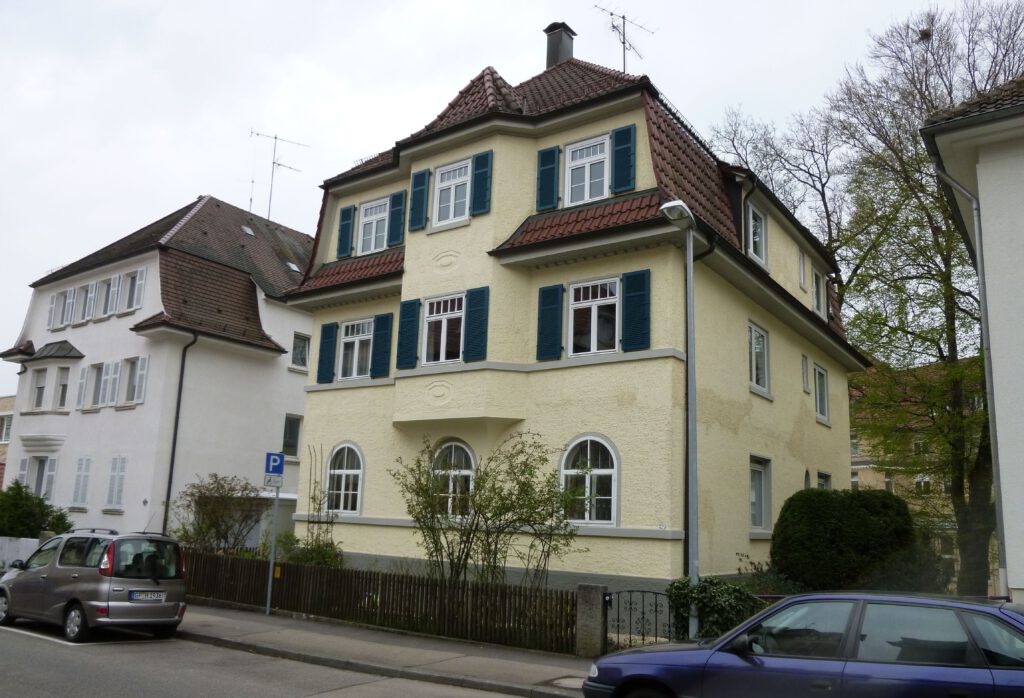
Although this house was also a ‘good address’, what is striking is that the Adelsheimers moved into an apartment that had a Jewish owner, namely Mrs. Emilie Ott, née Veit. However, there is no evidence that the Adelsheimer family was forced out of their previous home, which had belonged to Gustav Haueisen for several years.
In 1938, the sales negotiations between the Göppingen company A. Gutmann & Co. G.m.b.H and the Kirchheim textile company Kolb & Schüle intensified. The shareholders of the Gutmann company came from Jewish families and rightly saw no economic prospects for their company under the Nazi regime. Leopold Adelsheimer was one of three Jewish authorized signatories who worked for the Gutmann company and he accompanied the (forced) sale of the company in a position of responsibility.
The local historian Steffen Seischab writes: ‘While Sigmund Gutmann emigrated to the USA with his family in July 1938, his brother Ernst remained in Germany for the time being to settle the situation together with his employee Leopold Adelsheimer‘. What the new owners of Kolb & Schüle intended to do with the Jewish employees of the acquired company is clear from a protocol dated November 1, 1938: Namely, ‘that in this current year, the last non-Aryan representative must also be dismissed‘. Although Leopold Adelsheimer was not one of the ‘representatives’, it is certain that he lost his job after the night of the pogrom at the latest and was almost certainly unable to find another one.
During the pogrom night of November 9-10, 1938, the housemate from Östliche Ringstr. 52 Richard Frankfurter was arrested. It is possible that Leopold Adelsheimer was also arrested and subsequently had to spend two days in one of the Göppingen prisons. He would have been spared deportation to Dachau concentration camp due to his age, but imprisonment would have been a terrible humiliation. Leopold Adelsheimer’s aforementioned boss Ernst Gutmann was also one of those who were arrested and tortured in Dachau concentration camp. Although he survived the concentration camp and was able to flee to England in August 1939, he died in exile in New York in 1941 at the age of just 60, physically and mentally weakened by the abuse in the concentration camp.
Leopold Adelsheimer also died relatively young, on January 19, 1940 in Göppingen and was buried in the Göppingen cemetery/Israelite section. The extract from the death register states that Mr. Adelsheimer died due to ‘arteriosclerosis, diabetes, brain cramps’.
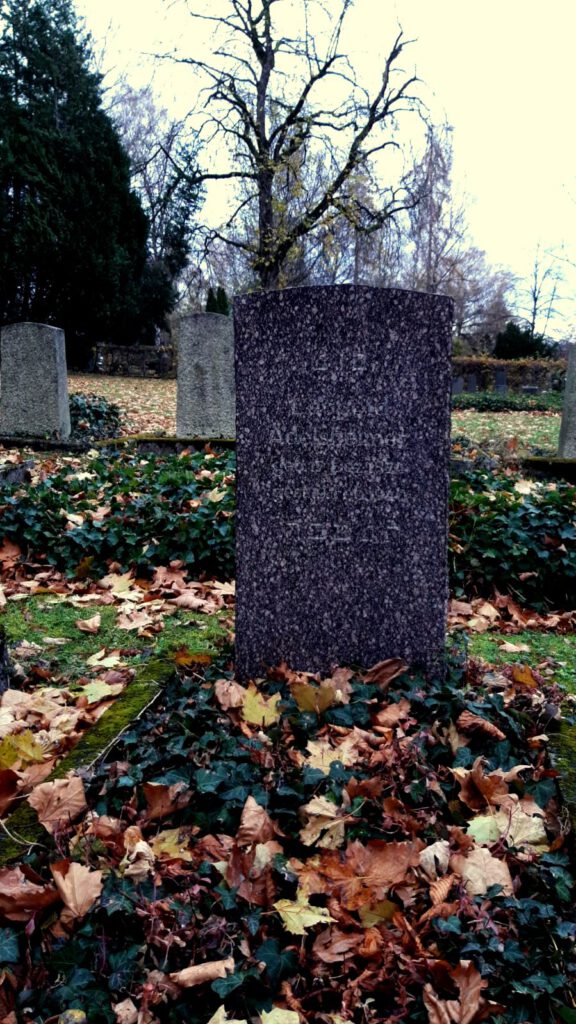
Apart from his general state of health, the social degradation probably had a negative impact on Mr. Adelsheimer’s health. Both Paula and her mother Ida stayed in Laupheim for a few weeks after Leopold’s death, where Ida’s sister Betty, married Nathan, and Ida’s unmarried sister Martha Goetz lived. Were they seeking comfort from their relatives? Paula probably helped out for a short time in the Laupheim Jewish old people’s home, which had already become a compulsory institution at the time.
On July 31, 1939, Emilie Ott had to sell her house in Östliche Ringstraße in order to escape; the non-Jewish buyer was Wilhelm Zimmermann. Mr. Zimmermann had the decency to let the (remaining) Jewish tenants, the Adelsheimer family, continue to live on the 2nd floor, at least until his sister-in-law moved in. When Ida Adelsheimer received a visit from her sister Martha Goetz on June 25, 1940, she was already living in the ‘Jews’ house’ at Frühlingstrasse 29.
In the ‘Jews’ house at Frühlingstr. 29, Ida’s death
Whether and if so, how long Paula also lived in Östliche Ringstraße cannot be proven, but it is likely. It is also likely that Paula had to move with her mother to Frühlingstr. 29.
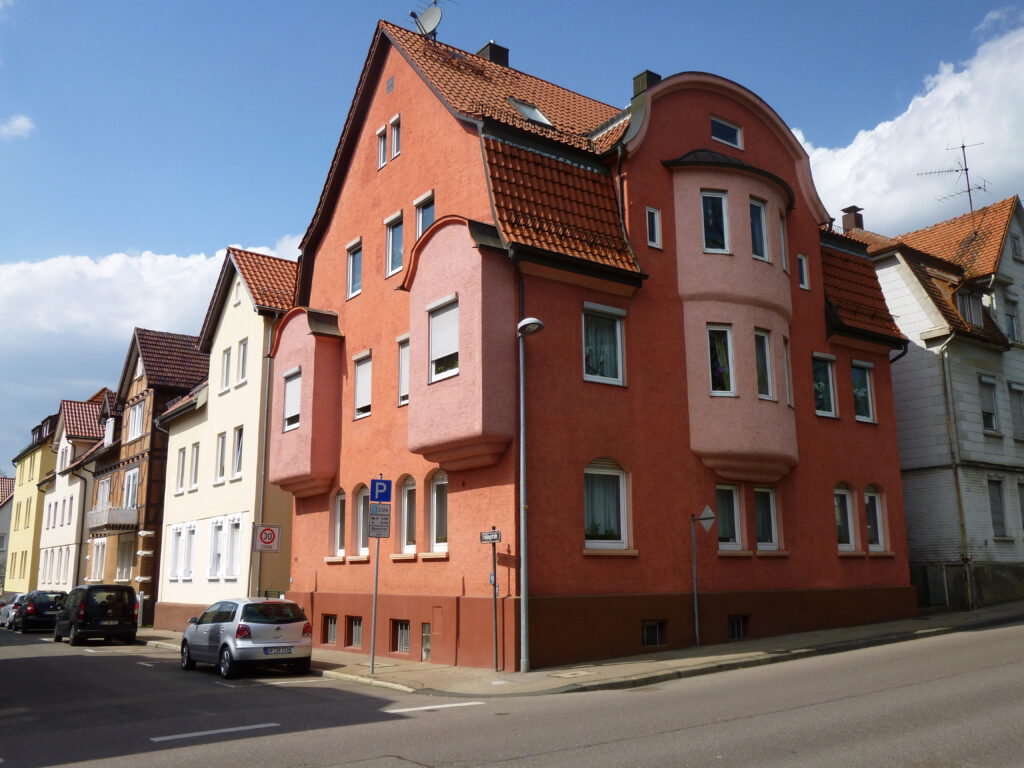
This large town house was also initially owned by the Jewish Veit family and became the forced residence of many Jewish citizens of Göppingen who had been evicted from their homes by the Nazi administration or given notice by ‘Aryan’ landlords. The expellees lived in very cramped conditions (see Frida Dettelbacher and Sofie Bodenheimer). There, on January 16, 1942, Ida Adelsheimer died of ‘kidney problems’, ‘diabetes’ and ‘cardiomyopathy’, according to her death certificate. The Göppingen Jewess Hedwig Frankfurter wrote in a letter on January 29, 1942: ‘Mrs. Adelsheimer died recently after suffering in agony, leaving poor Paula completely orphaned. She comes to the home in Laupheim for help.’
Did the oppressive living situation contribute to Ida’s early death at the age of 63? At least she received medical care, namely from Dr. Maria Haist-Hessenthaler, who (as a non-Jew) did not abandon her Jewish patients even during the Nazi era. Whether Ida Adelsheimer was buried in the Göppingen cemetery like her husband remains to be seen, as there is no mention of her name on Leopold Adelsheimer’s gravestone.
Paula: last job, deportation
‘She comes to the home in Laupheim to help’, writes Hedwig Frankfurter about Paula’s future after her mother’s death. Laupheim’ refers to the Jewish old people’s home at Judenberg 2, where Paula had probably already worked briefly in 1940. The home had long since become a forced old people’s home, and on January 21, 1942, Emil Hilb, a widower from Göppingen, was admitted there. In the end, 15 people lived in the home in a confined space, including Ida Adelsheimer’s sister Martha Goetz, one of Paula’s aunts. It is not possible to verify how ‘voluntary’ Paula’s work as a carer in Laupheim was, but Laupheim was certainly a place where Paula knew her way around.
In any case, Paula’s assignment was very short, lasting from February 25 to 29, 1942, after which she had to move to Stuttgart. It is not known where she stayed there. The next surviving date from her life is April 2, 1942. On this day, she arrived in Heilbronn / Sontheim at ‘Haus Dr. Picard’. After the forced closure of the Jewish old people’s home ‘Wilhelmsruhe’, the house of the Jewish doctor Julius Picard had been set up as ‘Altenheim Sontheim’. When Paula arrived, however, the house was almost empty. After her, on July 18, 1942, Gretchen (Margarete) Adelsheimer, née Seligmann from Stuttgart, moved into the house. She was the widow of Paula’s uncle Alexander Adelsheimer, an aunt (by marriage) and also a professional colleague, as Gretchen was a trained nurse. Gretchen Adelsheimer had to leave the Picard house for Stuttgart as early as August 4.
Paula and the last two residents of Haus Picard were also taken to the Killesberg camp in Stuttgart on August 20. They experienced two terrible days and nights in the Killesberg camp until they were deported on August 20 on the train from Stuttgart Nordbahnhof to the Theresienstadt ghetto concentration camp. There, at the latest, Paula met her aunt Gretchen again, who took over the management of an infirmary there. It is not known whether, as is likely, Paula also helped with the care of the sick. Both nurses were transported from Theresienstadt to the Auschwitz extermination camp on October 19, 1944 and murdered on the day of their arrival.
Fates from the immediate family
Goetz family
Martha Goetz, born in 1880 and the youngest sister of Ida Adelsheimer, was also deported to the Theresienstadt ghetto concentration camp at the end of August 1942. Martha had last lived in Laupheim, in the confines of the forced old people’s home. She died in the concentration camp from the murderous living conditions on March 30, 1943. As Martha had also lived with her sister Ida in Göppingen for a few months, she is also listed in the Göppingen ‘list of Jews’. Martha’s (and Ida’s) sister Betty Nathan, née Goetz, who also lived in Laupheim, was able to flee to the USA on June 17, 1941. Their daughter Frida (*1900) was married to Josef Walz in Göppingen. This family also managed to escape to the USA. Ida’s brother Arnold Goetz (*1874), who lived in Munich, was able to save his life by fleeing to Shanghai/China, where he died in October 1945. He had been forced to divorce his Catholic wife in 1940.
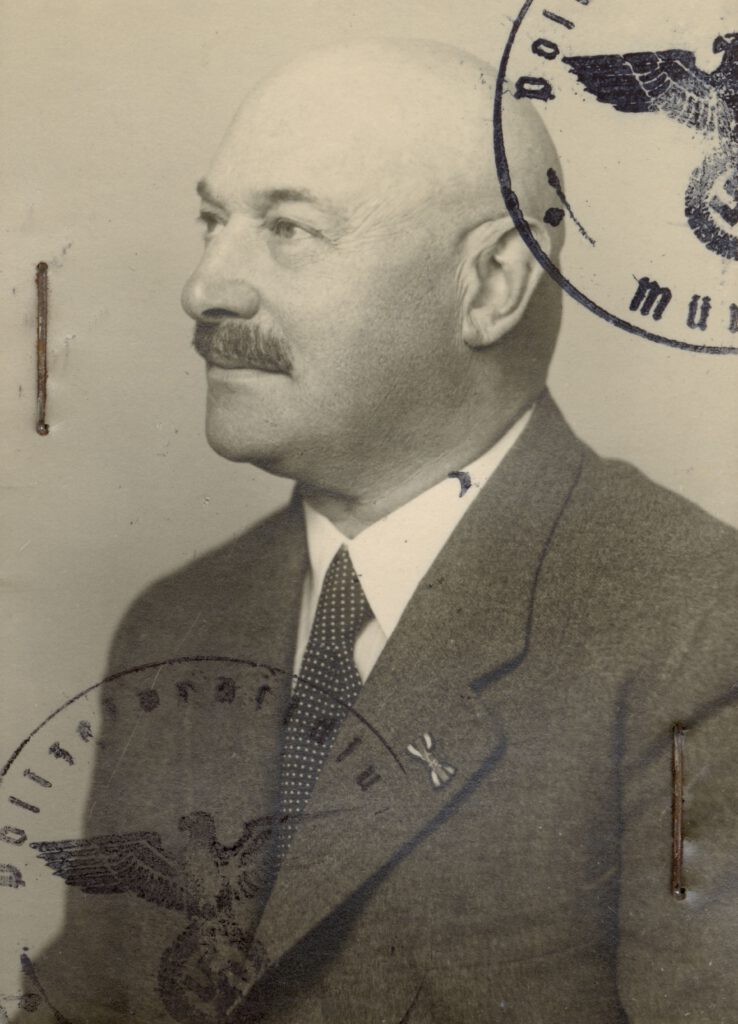
Ida’s eldest brother Gustav Goetz also saved himself and his family by fleeing to the USA.
Adelsheimer family
The above-mentioned Margarete (Grete/Gretchen) Adelsheimer, née Seligmann (*1886) had married the widowed Alexander Adelsheimer, brother of Leopold, in 1925 and became the ‘second mother’ for the two daughters from Alexander’s first marriage. Alexander Adelsheimer died in 1933; Margarete, as mentioned above, was murdered in the Auschwitz extermination camp. A Stumbling Stone was laid for her at Hospitalstr. 36 in Stuttgart. Her stepdaughters were able to save their lives by fleeing. Sara Adelsheimer (*1877), who remained unmarried and was probably Paula’s professional role model as a nurse, was able to flee to Palestine and died in Israel in 1965 or 1964. Ida’s youngest sister Maja Mina (*1883), married/divorced Schulze, fled to Norway during the Nazi era and survived the occupation there.
On April 4, 2025, stumbling stones were laid for Ida, Leopold and Paula Adelsheimer in front of their long-time ‘home’ at Rosenstraße 3 in Göppingen.
(06.04.2025 kmr/ww)

